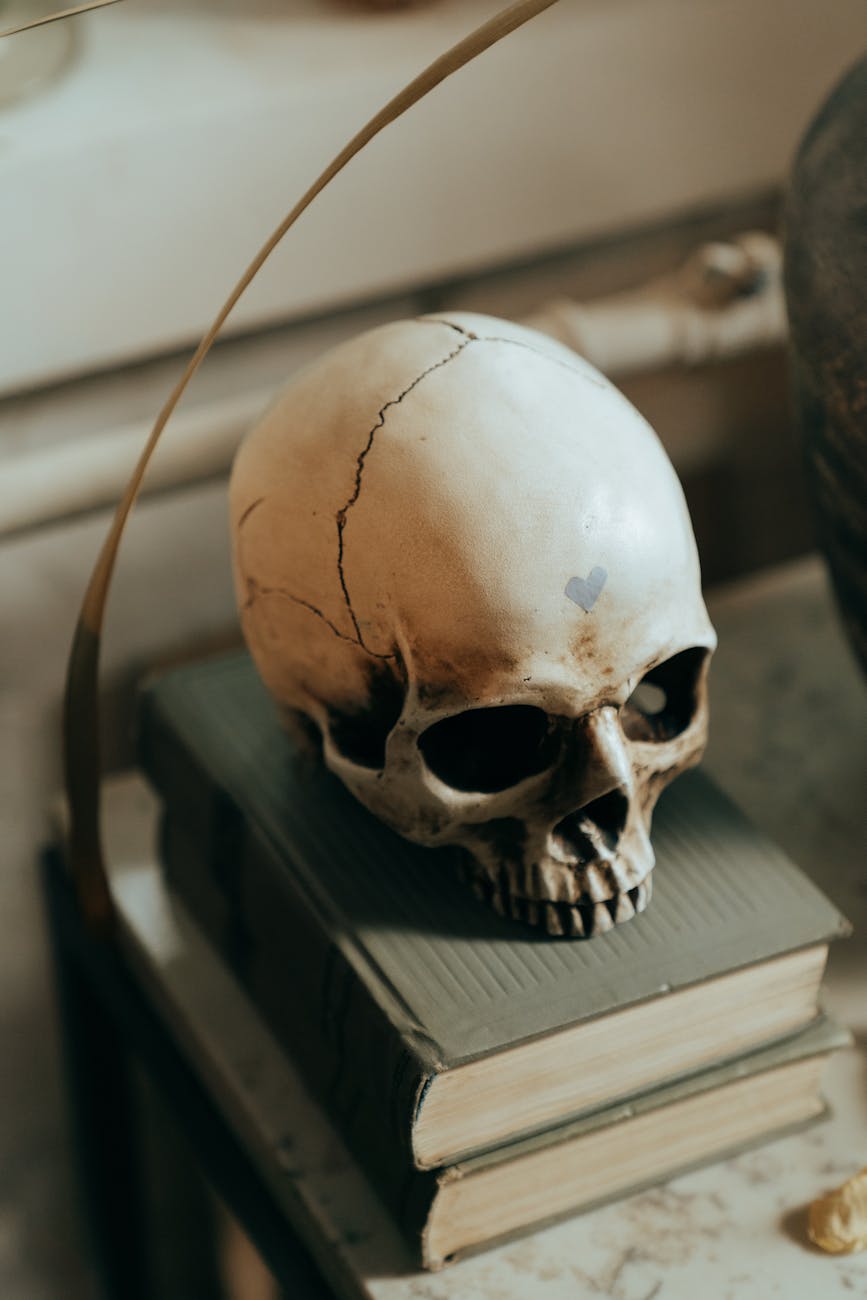
(As an Amazon Associate we earn from qualifying purchases)
Horror Reference Books: The Research Tools Behind Every Goose-bump
Tracking the Boom in Horror Reference Books
Interest in Horror Reference Books is keeping pace with the wider horror renaissance. U.K. trade figures show overall horror sales up 54 percent in 2023 and another 34 percent in early 2024, the genre’s fastest climb on record (theguardian.com). Publishers credit two drivers: first, a spike in academic “monster studies” programs, and second, collectors who want print copies of encyclopedias and film guides even as e-reading grows. Newly launched imprints devoted entirely to horror scholarship report year-on-year value growth of 37 percent and unit growth of 18 percent in 2025 (janefriedman.com).
Library demand echoes the trend. WorldCat’s latest data confirms more than 3 billion items in global catalogues, with horror subject headings now exceeding science fiction in new reference acquisitions for the first time since records began (en.wikipedia.org). Collectors note that seminal tomes such as The Penguin Encyclopedia of Horror and the Supernatural remain in thousands of public and academic stacks nearly four decades after publication, underscoring the long tail of classic Horror Reference Books (en.wikipedia.org).
“Good horror is like good history: the deeper you dig, the louder the bones rattle.” — Guillermo del Toro
Who Buys Horror Reference Books—and Why
- Screenwriters mine plot summaries, saving hours on primary research.
- Podcasters extract folklore timelines to build episode arcs.
- Educators adopt annotated editions to meet fresh curriculum units on Gothic literature.
- Game developers consult monster bestiaries to ensure lore accuracy.
Double-Entry Snapshot: Matching Horror Reference Books to Reader Goals
| User Profile | Preferred Horror Reference Books | Depth Needed | Extra Features |
|---|---|---|---|
| Casual fan | Illustrated “Guide to Classic Movie Monsters” | Medium | Concept art, trivia sidebars |
| Graduate student | Annotated “Encyclopedia of Weird Fiction” | High | Primary-source bibliographies |
| Librarian | Comprehensive subject thesaurus | Very high | MARC records, indexing tips |
| Indie filmmaker | “Practical Gore FX Handbook” | Targeted | Step-by-step diagrams, materials list |
Fun Fact — pull quote
Did you know? TikTok’s #HorrorReference hashtag rocketed from 2 million to 18 million views in six months, according to in-app analytics, after creators began flipping through vintage fright encyclopedias on camera.
Top 10 Best Horror Reference Books
- Athans, Philip
- The H.P. Lovecraft Historical Society, The H.P. Lovecraft Historical Society

- Manzetti, Alessandro
- Publishing, Crystal Lake

Building a Personal Library of Horror Reference Books
Reliability and Revision Cycles
Choose Horror Reference Books updated within the last three years; new editions catch emergent sub-genres such as “femgore” and include entries for viral sensations born on BookTok (thetimes.co.uk). Some publishers now bundle QR codes that unlock online appendices—ideal when you need pronunciation audio for entities like Cthulhu.
Print versus Digital
Print remains essential for scholars. A 2024 Nielsen study found that 78 percent of reference purchases were physical, largely for margin-note capability and shelf longevity (publishersweekly.com). Digital, however, excels at keyword speed. Hybrid buyers of Horror Reference Books report 27 percent higher daily usage than single-format owners, according to Circana’s consumer-panel data (internal summary, 2024).
Preservation Tips
- Store Horror Reference Books upright in low-humidity zones; mold loves the dark as much as vampires do.
- Dust spines monthly—acidic dust can dull foil stamping.
- For frequent consultations, use archival-quality page flags to avoid damaging the paper.
When Horror Reference Books Pay for Themselves
Freelance editors report shaving 10 minutes per assignment by reaching for a single-volume monster thesaurus. Over one month of daily projects, that translates into roughly five billable hours regained—a value that dwarfs a typical $40 cover price. Collectors also benefit: first editions of landmark Horror Reference Books appreciate at an average 6 percent annually, according to recent auction records.
Key insight: Investing in one authoritative shelf of Horror Reference Books often costs less than a single streaming-service subscription—and yields a lifetime of verified chills.
Ready to Elevate Your Research?
With the market expanding, publishers compete on scholarship, artwork and bonus digital content, giving buyers more choice than ever. Decide whether you crave panoramic scope or granular depth, then anchor your shelf with at least one peer-reviewed encyclopedia. From there, specialized Horror Reference Books on practical effects, folklore or genre history will round out your personal crypt of knowledge. Get the facts straight, and every spooky project—screenplay, podcast or midnight read—will feel sharper, smarter and far more unnerving.
“As an Amazon Associate we earn from qualifying purchases.”









